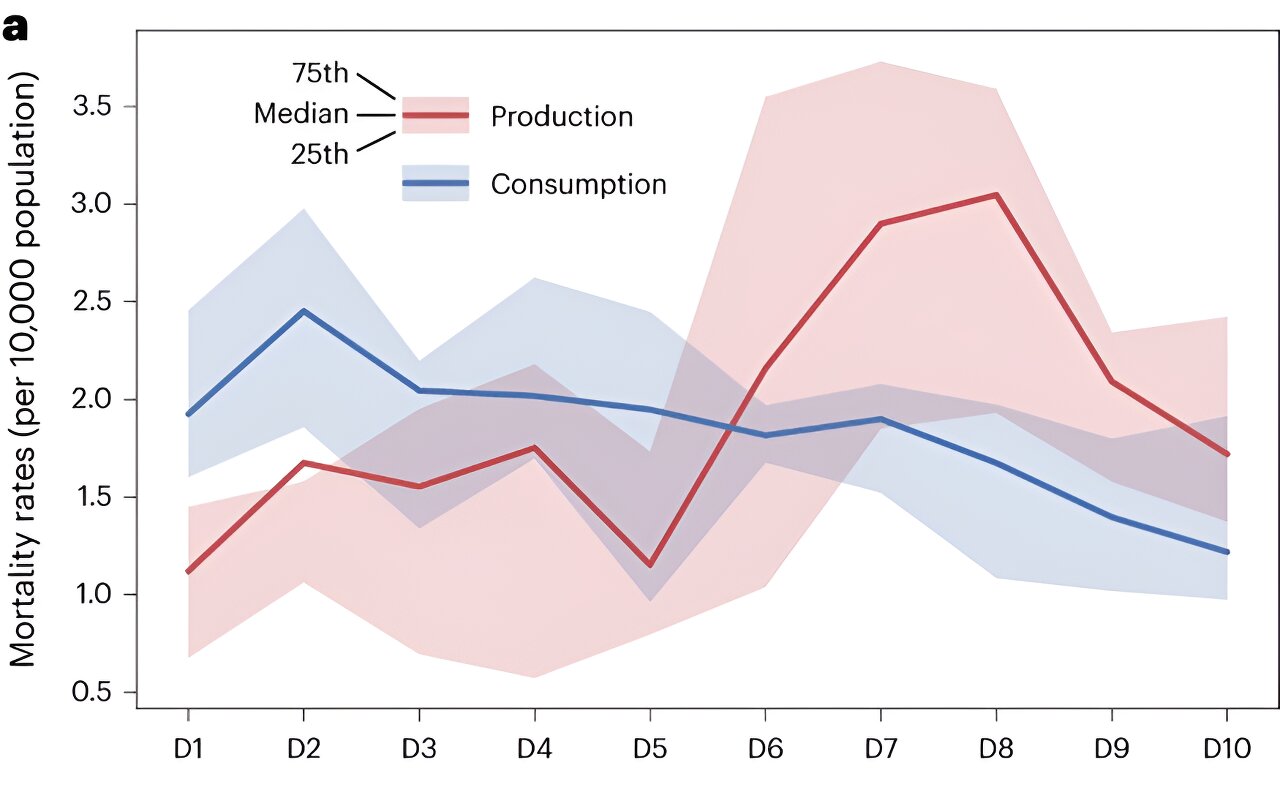A 37-year-old man in Quang Ninh was suddenly admitted to the hospital after experiencing chest pain and low blood pressure. Upon examination, he was diagnosed with bilateral pulmonary artery occlusions that almost caused sudden death. The patient had a history of deep vein thrombosis and was taking regular medication.
Doctor Ha Manh Hung, Head of the Intensive Care Department at Quang Ninh Provincial General Hospital, mentioned that the patient was admitted in a state of shock with cold skin, fast pulse, and low blood pressure. He underwent a computed tomography scan that revealed the bilateral pulmonary artery occlusions. The patient was treated with reperfusion therapy, thrombolysis, and anticoagulation, leading to an improvement in his condition.
In another case at the hospital, a patient being treated for brain hemorrhage developed acute pulmonary embolism, leading to respiratory failure and circulatory arrest. Prompt cardiopulmonary resuscitation was successful, and the patient was diagnosed with acute pulmonary embolism.
Pulmonary embolism occurs when a blood clot forms in the venous system and travels to the pulmonary blood vessels, blocking them. The disease is challenging to diagnose as it presents with nonspecific symptoms and can be mistaken for other conditions. It is crucial to provide quick and accurate treatment for pulmonary embolism due to its high mortality rate.
To prevent pulmonary embolism, maintaining a healthy lifestyle by staying hydrated and limiting alcohol consumption is recommended. Compression stockings should also be worn by individuals with varicose veins who are on anticoagulant medication should adhere to their prescribed regimen. Keen awareness of the risk factors and symptoms of pulmonary embolism is essential for timely intervention and treatment.
Overall, it is important to seek medical attention immediately if experiencing chest pain or low blood pressure as these symptoms could be indicative of serious medical conditions such as bilateral pulmonary artery occlusions or acute pulmonary embolism.
In conclusion, both cases highlight how important it is for healthcare professionals to have a thorough understanding of patients’ medical history while diagnosing medical conditions like bilateral pulmonary artery occlusions or acute pulmonary embolism that can lead to sudden death if left untreated.
Furthermore, healthcare providers must also educate patients on how they can prevent these diseases through maintaining a healthy lifestyle while taking necessary medications if prescribed.
Ultimately, prompt diagnosis and treatment are critical in managing these life-threatening conditions effectively while ensuring that patients receive proper care during their recovery process from these medical issues.


/cloudfront-us-east-1.images.arcpublishing.com/pmn/JP7KX6RJINGVFHPWLEULJJNQCI.jpg)